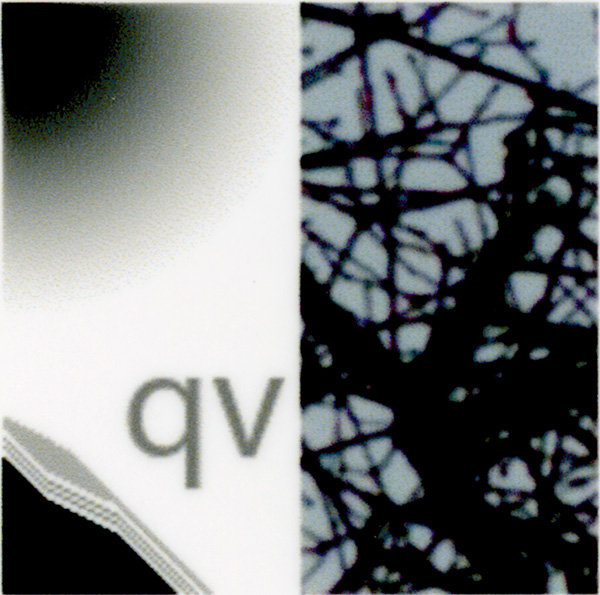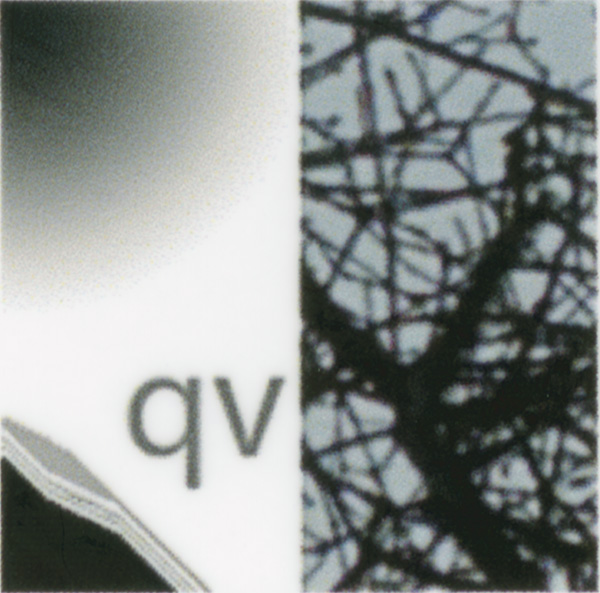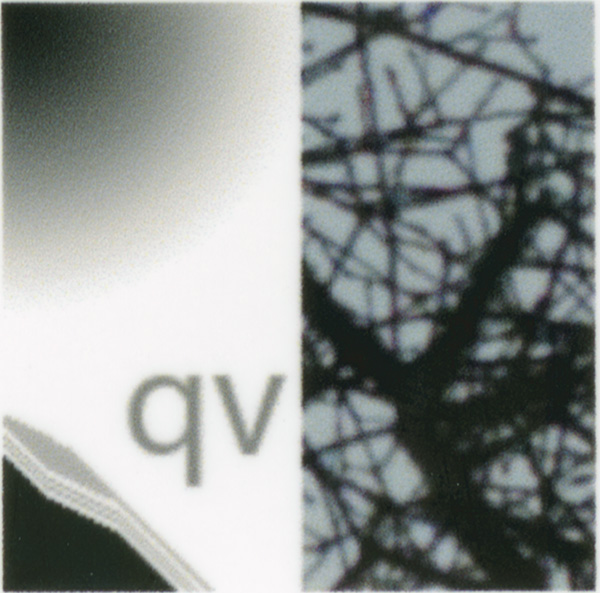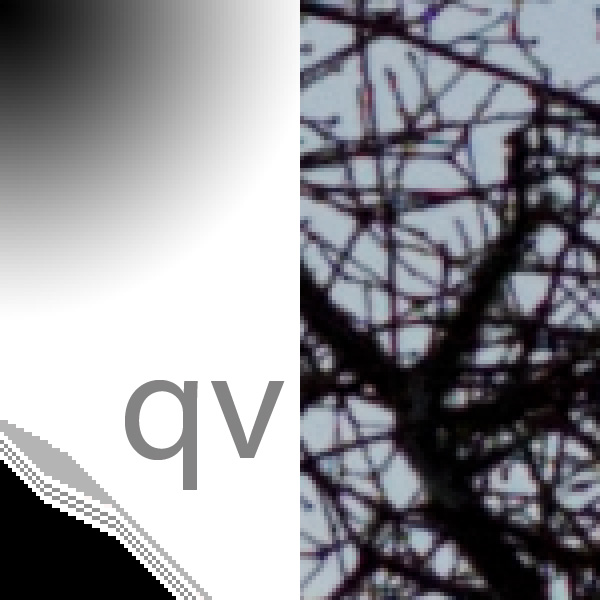Have you been looking at the last couple of weeks’ posts and been wondering what to make of it all? So have I. Here’s what I think: The marking engine (printer engineering talk for the collection of parts that lays down the ink, or toner, or whatever) of the Epson 3880 is capable of consistent… [Read More]
Printing at 2880/1440 dpi & 720 ppi
My previous testing at 2880/1440 dpi didn’t show much more resolution than printing at 1440/720 dpi, but I thought I’d print out the resampling target sampled to 720 ppi with the printer driver set to 2880/1440 dpi to see if the smoothness was improved. I picked the “Finest Detail” option to force resampling to 720… [Read More]
Resampling for printing with QImage
John Schwaller and others have recommended a program called QImage for resampling images for printing. I bought a copy – it’s only 90 bucks – and tried it out. The program works sort of like a RIP, but without actually doing the rasterizing, since it only accepts files that are already rasterized. You can import… [Read More]
Resampling for printing in Lightroom
I imported the 240 ppi printing target from the previous post into Lightroom and printed it to the 3880, selecting 360 ppi as the print resolution. Here’s what I got: The trees are fuzzier then the Photoshop bicubic example in the previous post. The letters are much fuzzier. The two lines with single pixel spacing… [Read More]
Resampling for printing — basic alternatives
After a couple of false starts, I created the following test image for resampling tests: The test image has a smooth gradient in the upper left corner, a series of lines at two tones and two angles in the lower left corner, two characters of Zone V antialiased text, and a crop from an actual… [Read More]
- « Previous Page
- 1
- …
- 536
- 537
- 538
- 539
- 540
- …
- 574
- Next Page »



